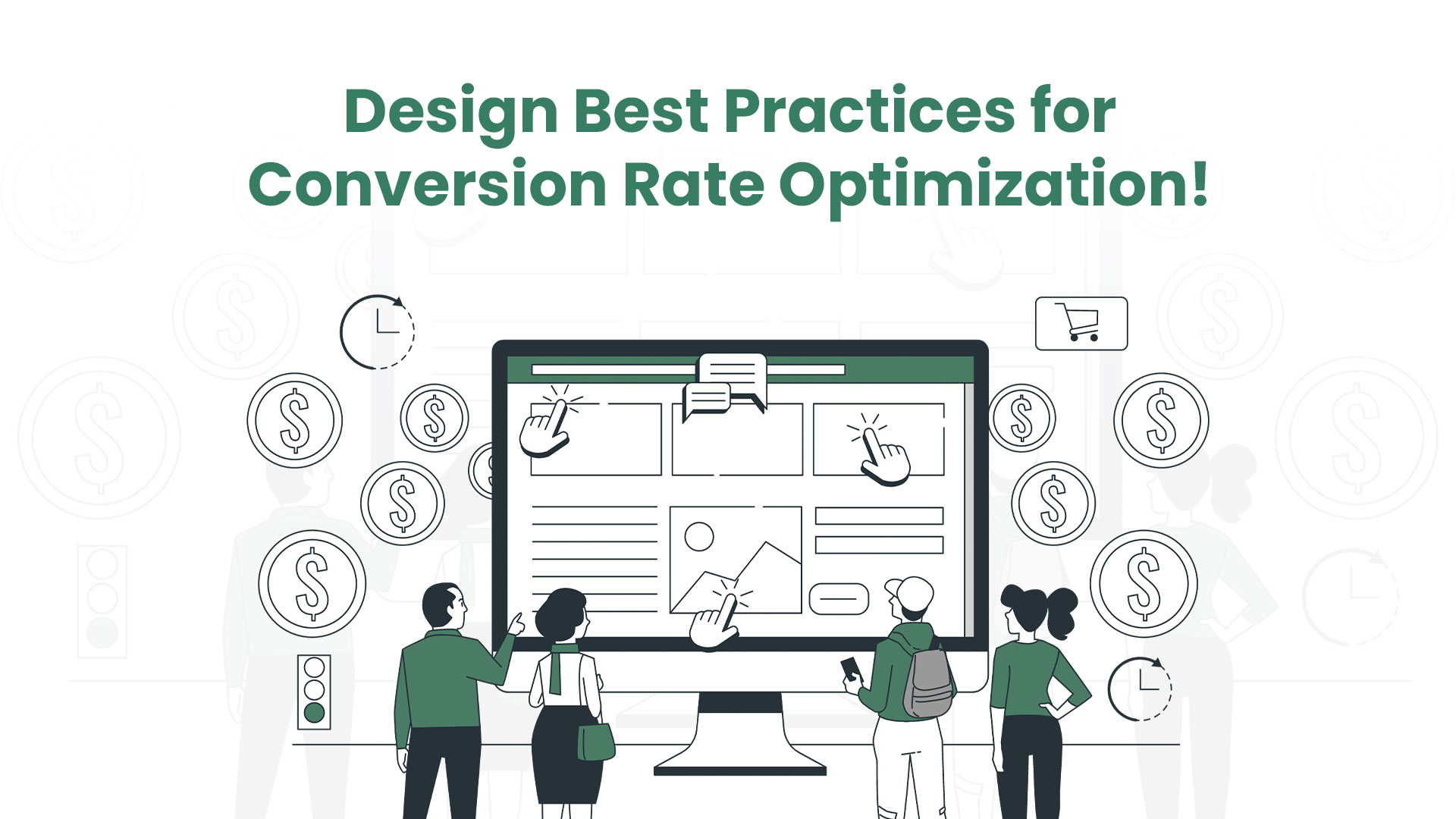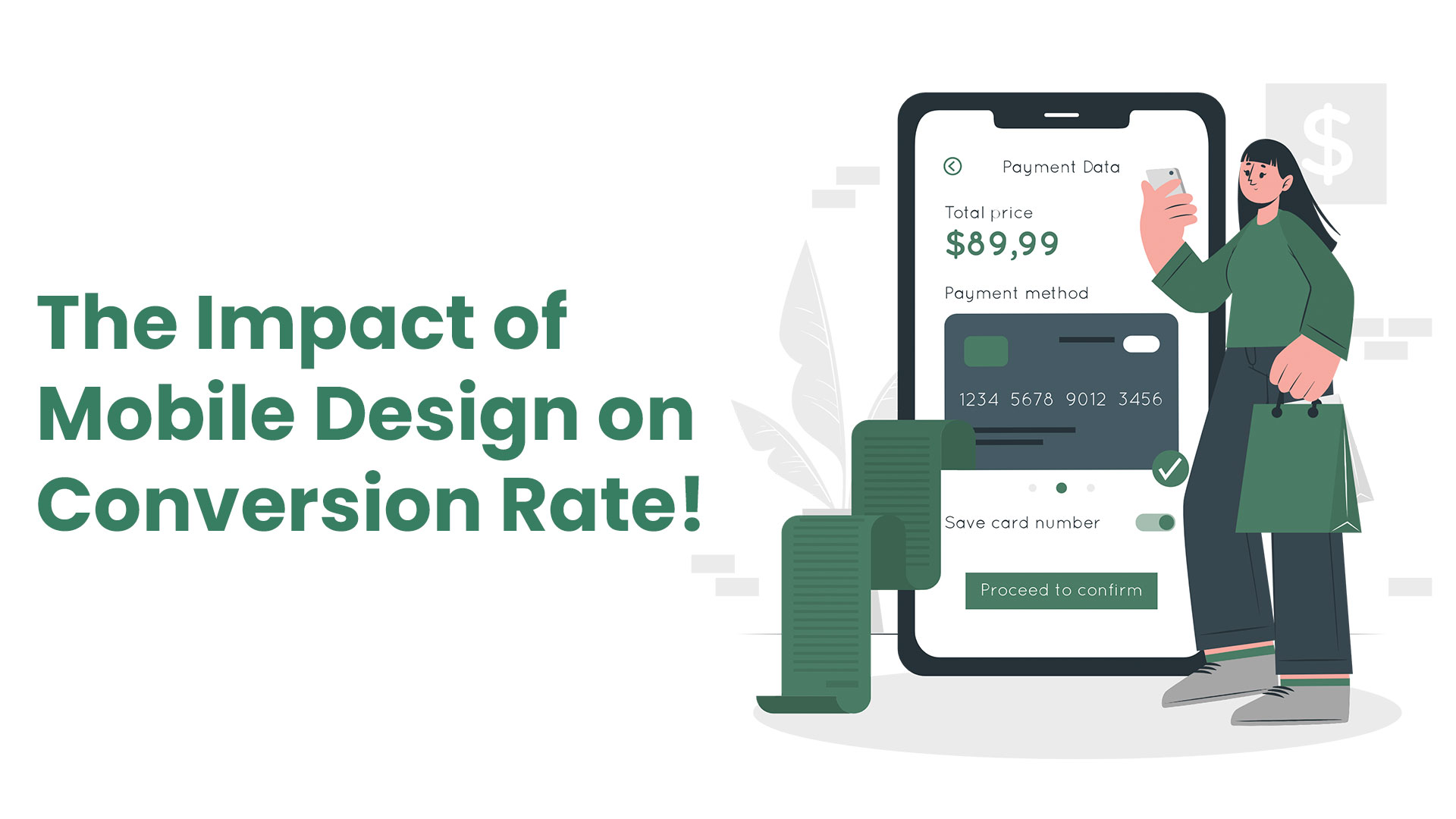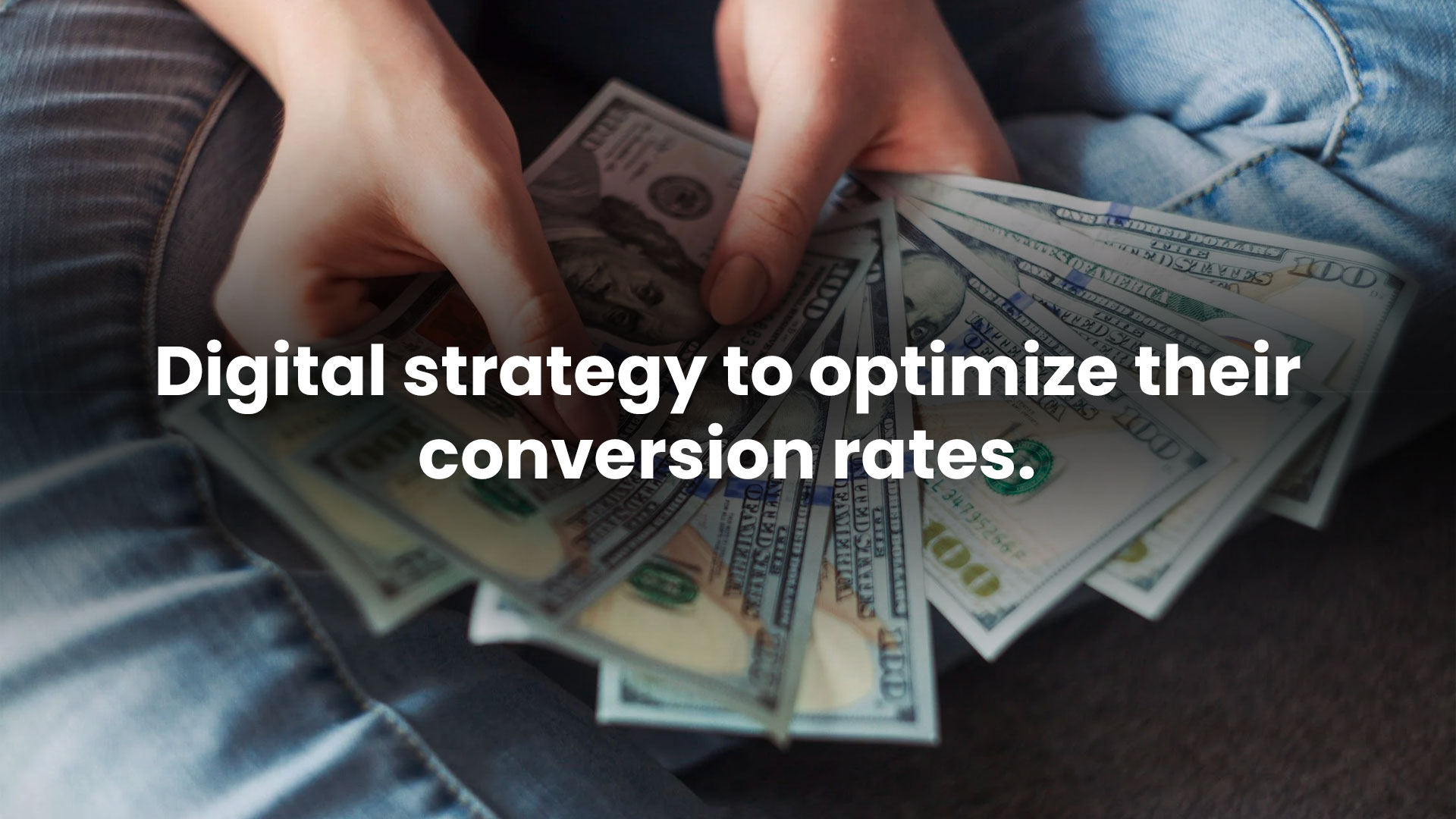- Table of Contents
- The Role of Design in Conversion Rate!
- Design Best Practices for Conversion Rate Optimization!
- The Impact of Mobile Design on Conversion Rate!
- Conclusion!
In today’s digital world, businesses are constantly looking for ways to improve their online presence and increase their conversion rates. One of the key elements that can greatly impact conversion rates is design. The design of a website or a mobile app can make or break the user experience and ultimately affect a business’s bottom line. In this blog post, we will explore the role of design in conversion rate optimization and discuss the best practices for implementing effective design elements to increase conversion rates. We will also delve into the impact of mobile design on conversion rates and how businesses can ensure their mobile design is optimized for conversions. Whether you’re a business owner or a marketer, this blog post will provide valuable insights on how design can be leveraged to boost your conversion rates.
Conversion rate is a metric that measures the percentage of visitors to a website or mobile app who complete a desired action, such as making a purchase or filling out a form. It is calculated by dividing the number of conversions by the number of visitors and multiplying by 100. A high conversion rate indicates that a website or mobile app is effectively converting visitors into customers or leads.
Design plays a crucial role in conversion rate optimization as it directly impacts the user experience. A well-designed website or mobile app can create a positive first impression and make it easy for visitors to navigate, find what they’re looking for, and complete their desired action. On the other hand, poor design can lead to confusion, frustration, and ultimately a low conversion rate. From the color scheme and layout to the typography and imagery, every design element can impact the user experience and ultimately affect the conversion rate.
The purpose of this blog post is to provide insights and best practices on how businesses can leverage design to improve their conversion rates. By understanding the role of design in conversion rate optimization and implementing effective design elements, businesses can increase their online conversions and ultimately boost their bottom line. Whether you’re a business owner or a marketer, this blog post will provide valuable information on how design can be used to optimize conversion rates.
The Role of Design in Conversion Rate!

Design plays a critical role in the user experience and ultimately affects conversion rates. A well-designed website or mobile app can create a positive and seamless experience for visitors, making it easy for them to navigate, find what they’re looking for, and complete their desired action. Design elements such as the layout, color scheme, typography, and imagery can all impact the user experience and affect the conversion rate.
Design can significantly impact the user experience, both positively and negatively. A well-designed website or mobile app can create a positive first impression, make it easy to navigate and provide a seamless user experience. On the other hand, poor design can lead to confusion, frustration, and ultimately a poor user experience. Visitors may struggle to find what they’re looking for, leading to a high bounce rate and low conversion rate.
Examples of design elements that impact conversion rate:-
– Layout: A well-organized and easy-to-navigate layout can make it easy for visitors to find what they’re looking for, leading to a higher conversion rate.
– Color scheme: The color scheme can affect the user’s emotions and perception of the website.
– Typography: The font type and size can affect readability and the overall aesthetic of the website.
– Imagery: The use of high-quality images can create a positive first impression and help visitors understand the product or service.
Poor design can negatively impact the user experience and ultimately lead to a low conversion rate. Visitors may struggle to navigate the website, find what they’re looking for, or understand the product or service. As a result, they may leave the website without completing their desired action, leading to a high bounce rate and low conversion rate.
Design Best Practices for Conversion Rate Optimization!

Design best practices are essential for creating a positive user experience and optimizing conversion rates. By implementing effective design elements, businesses can increase their online conversions and boost their bottom line. Some design best practices include creating a consistent layout, using clear and easy-to-read typography, and using high-quality imagery.
– Consistency: Creating a consistent layout and design elements throughout the website or mobile app can make it easy for visitors to navigate and understand the product or service.
– Clear typography: Using a clear and easy-to-read font type and size can improve readability and make it easy for visitors to understand the content.
– High-quality imagery: Using high-quality images can create a positive first impression and help visitors understand the product or service.
– Mobile-friendly design: Ensuring that the website or mobile app is optimized for mobile devices can increase the chances of conversions as more and more people are using mobile devices to access the internet.
Examples of design elements that increase conversion rate:-
– Calls to action (CTA): Using clear and prominent CTAs can make it easy for visitors to complete their desired action.
– Social proof: Including customer testimonials or reviews can increase trust and credibility.
– Limited-time offers: Creating a sense of urgency by highlighting limited-time offers can increase conversions.
Importance of A/B testing in design optimization:-
A/B testing is an important aspect of design optimization as it allows businesses to determine which design elements are most effective in increasing conversion rates. By testing different variations of design elements, businesses can determine which elements are driving conversions and make data-driven decisions on how to optimize their website or mobile app for conversions.
The Impact of Mobile Design on Conversion Rate!

With the increasing use of mobile devices to access the internet, mobile design has become increasingly important for businesses looking to optimize their conversion rates. A well-designed mobile website or app can create a positive user experience, making it easy for visitors to navigate, find what they’re looking for, and complete their desired action.
Mobile design is crucial as more and more people are using mobile devices to access the internet. A well-designed mobile website or app can create a positive user experience, making it easy for visitors to navigate, find what they’re looking for, and complete their desired action. On the other hand, poor mobile design can lead to confusion, frustration, and ultimately a poor user experience, leading to a high bounce rate and low conversion rate.
Poor mobile design can negatively impact the user experience and ultimately lead to a low conversion rate. Visitors may struggle to navigate the website, find what they’re looking for, or understand the product or service. As a result, they may leave the website without completing their desired action, leading to a high bounce rate and low conversion rate.
Design plays a crucial role in conversion rate optimization as it directly impacts the user experience.
Design elements such as layout, color scheme, typography, and imagery can all impact the user experience and affect the conversion rate. Mobile design is becoming increasingly important as more and more people are using mobile devices to access the internet. Design best practices such as consistency, clear typography, and high-quality imagery can increase conversion rates. A/B testing is an important aspect of design optimization as it allows businesses to determine which design elements are most effective in increasing conversion rates.
Design plays a crucial role in conversion rate optimization, and businesses must focus on creating a positive user experience to increase conversions. By implementing design best practices and A/B testing, businesses can determine which design elements are most effective in increasing conversion rates.
Businesses should focus on implementing design best practices to optimize their conversion rates. This includes creating a consistent layout, using clear and easy-to-read typography, and using high-quality imagery. A/B testing can be used to determine which design elements are most effective in increasing conversion rates. Businesses should also consider mobile design as more and more people are using mobile devices to access the internet. By implementing these best practices, businesses can increase their online conversions and boost their bottom line.
Conclusion!
In conclusion, the design of a website or a mobile app plays a crucial role in conversion rate optimization. By creating a positive user experience, businesses can increase conversions and boost their bottom line. Design elements such as layout, color scheme, typography, and imagery can all impact the user experience and affect the conversion rate. Mobile design is becoming increasingly important as more and more people are using mobile devices to access the internet. Implementing design best practices, such as consistency, clear typography, and high-quality imagery, and using A/B testing can help businesses determine which design elements are most effective in increasing conversion rates. Businesses should consider the design of their website or mobile app as an essential component of their digital strategy to optimize their conversion rates.






